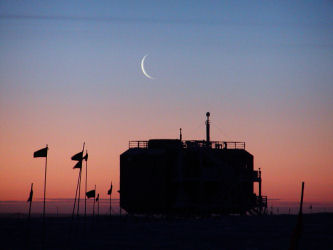Twilight
Civil Twilight is defined to begin in the morning when the center of the Sun is geometrically 6 degrees below the eastern horizon, and to end in the evening when the center of the Sun is geometrically 6 degrees below the western horizon. This is the limit at which twilight illumination is generally considered sufficient, under good weather conditions, for terrestrial objects to be clearly distinguished. Nautical Twilight is defined to begin in the morning, and to end in the evening, when the center of the sun is geometrically 12 degrees below the horizon. At the beginning or end of nautical twilight, under good atmospheric conditions and in the absence of other illumination, general outlines of ground objects may be distinguishable, but most detailed outdoor operations are not possible, and the horizon is indistinct. Astronomical Twilight is defined to begin in the morning, and to end in the evening when the center of the Sun is geometrically 18 degrees below the horizon. Before the beginning of astronomical twilight in the morning and after the end of astronomical twilight in the evening, the Sun does not contribute to sky illumination; for a considerable interval after the beginning of morning twilight and before the end of evening twilight, sky illumination from the Sun is so faint that it is practically imperceptible. Sun and Moon Rise and Set Times refer to the times when the upper edge of the disk is on the horizon, and considered unobstructed relative to the location of interest. Atmospheric conditions are assumed to be average, and the location is in a level region on the Earth's surface. |
